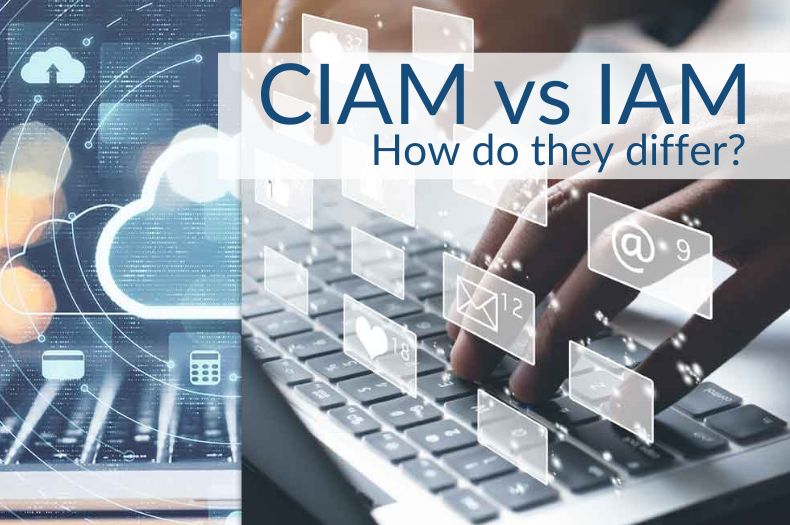In the realm of identity management, two terms often come up – CIAM (Customer Identity Access Management) and IAM (Identity Access Management). While they may seem similar, there are key differences between the two that are important to understand. This guide will help you differentiate between CIAM and IAM and understand their unique use cases.
What is CIAM and IAM?
CIAM is a solution that allows businesses to securely manage and authenticate customer identities, while IAM is a framework for business processes that facilitates the management of electronic identities. While both are crucial for managing identities, their focus and functionalities differ.
Differences between CIAM and IAM
1. User Type:
IAM primarily focuses on managing employee identities within an organization, while CIAM is customer-centric, managing identities of customers who interact with the business.
2. Scale:
CIAM operates at a larger scale compared to IAM, as it manages identities of potentially millions of customers, while IAM typically manages identities of thousands of employees.
3. User Experience:
CIAM places a high emphasis on user experience, ensuring a seamless and frictionless interaction for customers. IAM, on the other hand, focuses more on functionality and security.
4. Privacy Regulations:
CIAM must adhere to various global privacy regulations as it deals with customer data. IAM, while also concerned with security, does not typically face the same level of regulatory scrutiny.
Use Cases for CIAM and IAM
CIAM is typically used in scenarios where businesses need to manage large volumes of customer identities and provide a seamless customer experience. This includes e-commerce platforms, online services, and customer portals.
IAM, on the other hand, is used in scenarios where businesses need to manage employee identities, control access to resources, and ensure compliance with internal policies. This includes managing access to internal systems, applications, and data.
Conclusion
While CIAM and IAM may seem similar, understanding their differences is crucial for implementing the right identity management strategy for your business. At IDMWORKS, we specialize in both CIAM and IAM solutions, helping businesses secure their identities and drive transformative growth. Whether you’re looking to enhance your customer experience with CIAM or streamline your internal processes with IAM, our team of experts is here to guide you every step of the way.
